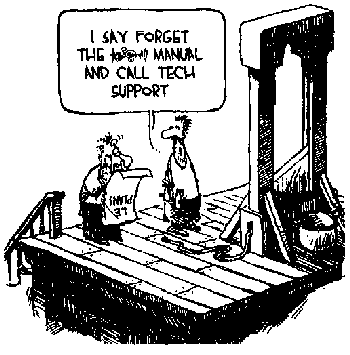There are disposable diapers and cigarette lighters, razors and pens. That today's middle-income consumer is a busy person - who is often willing to pay a few dollars more to replace an item rather than spend precious time getting it fixed - has not gone unnoticed by manufacturers. Some firms have even created disposable versions of durable products.
Here's a new idea : Mini-phone, Texas, is marketing a Touch-Tone telephone that is small and, most important, disposable. The phone comes with a plastic housing and only the most basic transmission and receiving components. "I don't want to use the word cheap, but the components are of a lesser quality," admits an official of Mini-Phone. For that reason, the phone has a predictably short life span : any-where from six to twelve months," says he, "if you use it once or twice a day."
The Journal of Consumer Research has denounced the phone as "very, very close to being useless." But sales results tell a different story. The company, which opened business last year, is already shipping about 7,500 units per month, at a price of $8.75 to $9.45 a phone. Mini-Phone estimates a potential market of $175 million in annual sales.
Most of the phones are sold to hospitals, which peddle them to patients. Some hospitals charge a flat price of $12 to $15 for the phone ; others charge by the day. For hospitals the chief benefits are financial : the disposable phone produces extra revenues and reduces phone-replacement and maintenance costs. Two Philadelphia hospitals that sell the product say they will save $22,000 this year on phone parts. For the public, the throwaway phone apparently allays the misplaced AIDS-related fear that one can catch a disease from contact with a phone used by a previous patient.
Newsweek, July 13, 1997

![]() Download
document (Word format)
Download
document (Word format)
Activities
(Print the document before doing the activities)